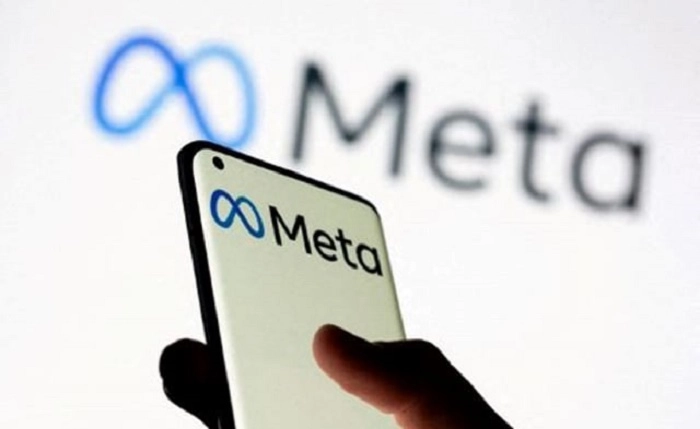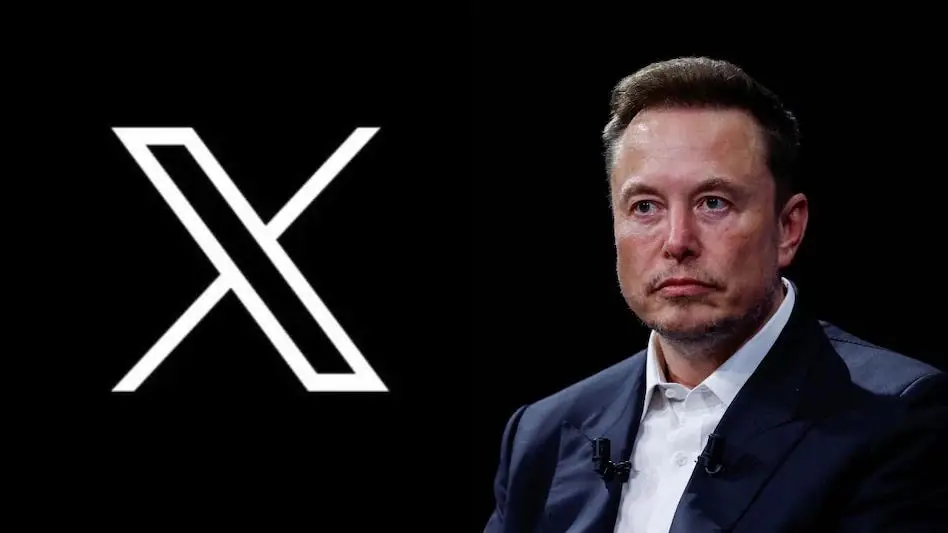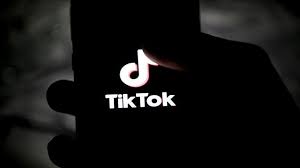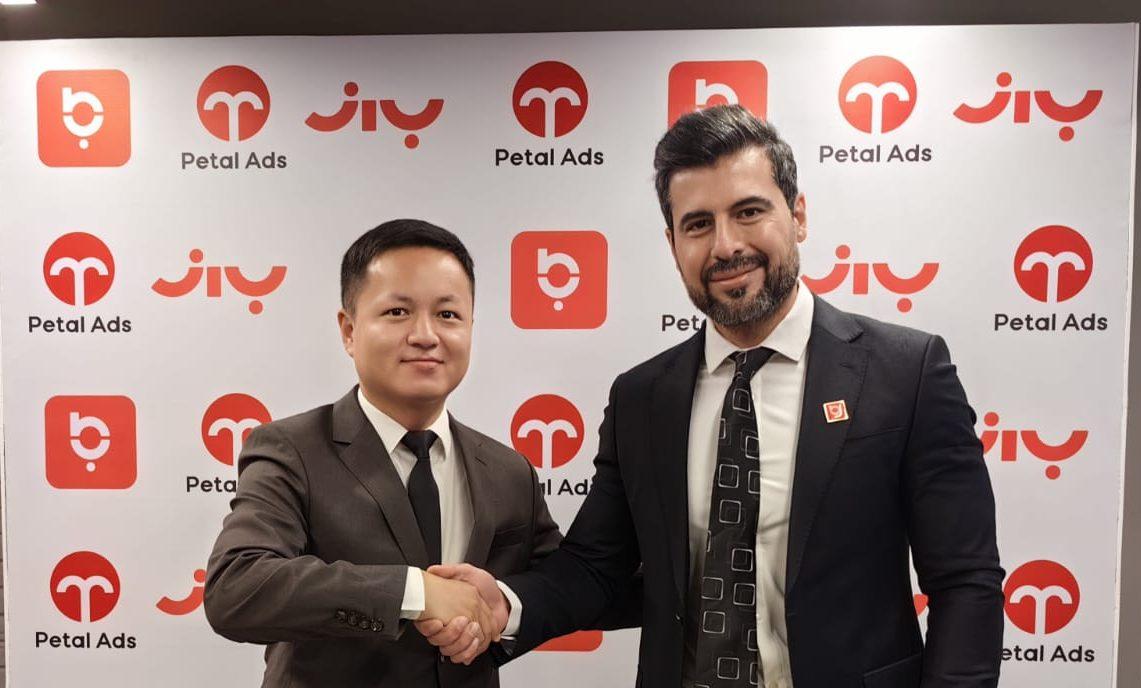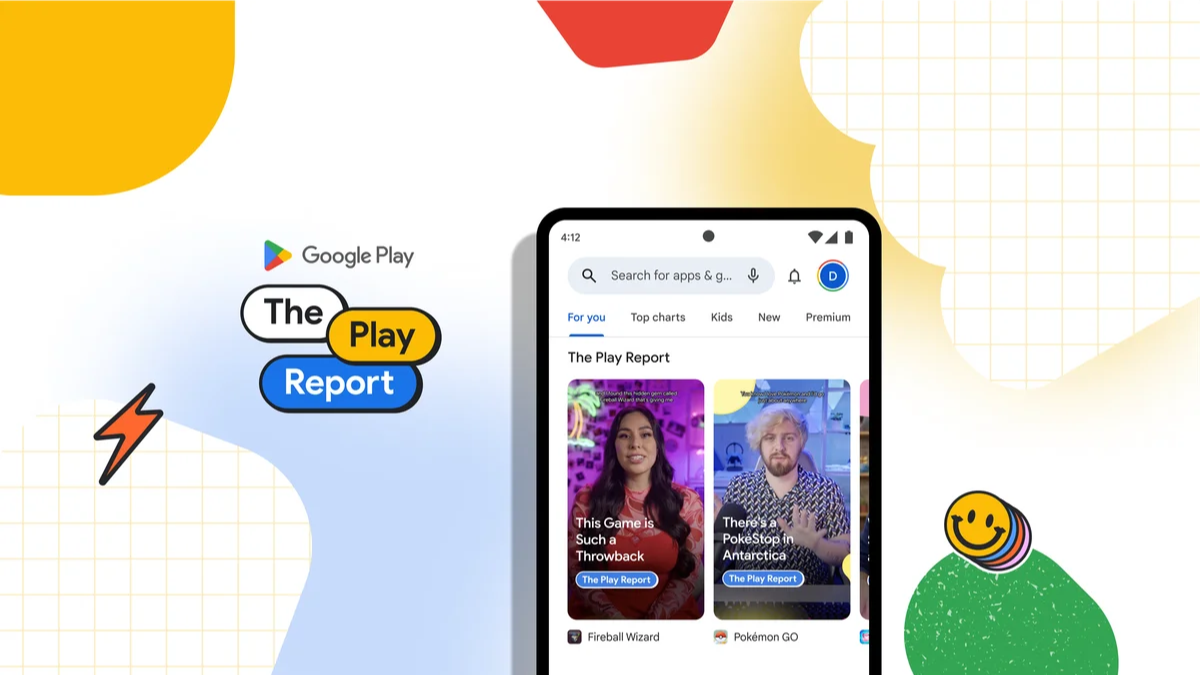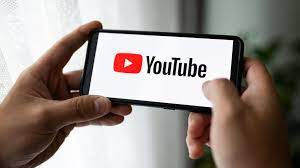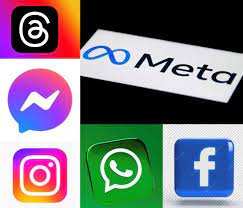An average person with a smartphone spends an average of 6 hours on TikTok a week. Imagine making those hours count by making money from it.
Elsa Majimbo was a regular Gen Z who was bored and homesick like every other youth during the lockdown. Unlike other youths with access to the internet, Elsa started making little commentary jokes, and with consistency, she garnered a following and eventually brand recognition. The comedienne is currently doing well for herself in the US.
Who would have thought that a bored Kenyan could leverage comedy to make her way out of her country just through TikTok? Unlike Elsa’s time when there wasn’t any direct means of monetising the TikTok app, there are currently tons of ways other than brand recognition to make money on TikTok.
Read also: How TikTok operates digital and financial inclusion
Although the TikTok creator fund doesn’t cover countries in Africa, there are still other ways African creators have been able to monetise their presence on the 7-year-old app. These include:
Gifts from Live stream
Gifts from videos
Work with artist
Affiliate marketing
Brand deals and sponsorship
Selling a product
Gifts from Live streams
Once you gain 1000 followers, you have passed one of the criteria to host a Live stream. Others include having no community guideline violations and being over 16 years old. Do note that when it comes to receiving and sending virtual gifts on TikTok, you have to be over 18. TikTok depicts your age from what you input while creating your account.

As you stream, some viewers tend to send you gifts, which get converted to money. TikTok takes 50% of what a creator earns. If you send $250 worth of gifts, you receive $125 in your wallet, which you can withdraw directly to your set bank account.
All these sound promising, but building trust and a community takes a lot of work. You might not earn anything from your first few streams. Money shouldn’t be your focus when starting.
Concentrate on being confident, entertaining and engaging. With time, you would already have a community that is waiting for you to go Live so they can send you gifts.
Gifts from videos
This is another feature that enables you to receive gifts from your videos directly through your videos. It works like the Live stream, but in this case, you are receiving gifts from the videos you upload.

In Africa, you only require 10,000 followers to activate this feature, which is better than 100,000 followers for countries in Europe and America.
In addition to 10,000 followers, the account should be older than 30 days, with at least one video uploaded in the last 30 days.
Not all videos are eligible for these gifts. Ineligible videos include duets, stitches, ads, promoted posts, sponsored videos, and videos with any violation of community guidelines.
Once you can create eligible videos which are engaging and value-packed, an endless opportunity to receive gifts awaits you.
Work with artist
TikTok has recently launched this feature, and it is open to Africans. It can be accessed through the creator portal.
Artists list their songs for a set period. Creator gets to use their songs to create videos, which should be created according to the requirements set for each video.

Once the campaign is still going on, creators who have met the requirements for video will be allowed to submit their videos.
The number of videos your video gets would determine the remuneration you make. So, the campaign has a fixed amount to be distributed among only a few people. These few people are selected from only the top-performing videos. Some other campaigns have a broader spectrum of earnings wherein you only earn according to the views you accumulate and not by selection.
This feature is not yet popular amongst creators, so you can quickly hop on it before the competition becomes fierce.
Affiliate marketing
If you are interested in affiliate marketing or are already a marketer, TikTok is a platform to build such a career.
Affiliate marketing can be done in two ways on TikTok. You can market any product of your choice and direct your target audience to the link in your bio.

Affiliate marketers who use this method simply add a link to their bio while editing their profile.
The effective way to gain traffic is to consistently create content and use the right keyword when describing your post. TikTok also works like a search engine.
If you created a video on an ‘LG TV’, TikTok would promote this video to the ‘For You Page’ of its viewers who have such search history, and because you have ‘LG TV’ in the description of the video, such viewers get to find when they search for ‘LG TV’.
You would also need to work with the cover photo text. The cover photo edit offers you the opportunity to use any of the TikTok customised templates to inscribe texts on your videos. You can use this tool to make your keywords pop up to your target audience.
If you do not want to use TikTok’s template, you can simply use text which edits your videos on TikTok. That has been effective, too. If the text doesn’t appear throughout the video, you need to use the cover photo edit and ensure you select an auto-generated photo that bears the text. You can bolden the text by increasing the fonts, adding a canvas/label or both.
Another way to market for sellers is by promoting products already on the TikTok store. It requires you to direct your viewers to the store on TikTok and get a commission directing from TikTok after they purchase. Such earnings would be reflected in your balance.
Brand deals and sponsorship
This is one of the oldest ways creators have been making money on TikTok. All it requires is for you to build your influence and accumulate a reasonable amount of followers, and then brands will begin to locate you.
There are many companies that have the money you need but not the influence you have. They need you to recommend their products to your audience, and they pay you for it.
Even bigger brands still need influencers to promote their products. This is because, as an influencer, your audience trusts you, and they are prone to want to associate with something because you reckon with it; that’s the power you have when you are an influence. It gives social proof of the product.
As little as 10,000 followers is enough to attract brands and sponsors. The bigger your following, of course, the bigger the deal. Each comes with its perk. Some companies target only smaller influencers based on their budgets, while only bigger brands with more companies go for the influencers with millions of followers and views. This means everyone has cut.
So, if you are a Creative who enjoys telling stories or making skits, do not hold back; it will pay off soon.
TikTok Shop makes e-commerce possible
Selling a product
Who says you only have to market for others and not yourself?
If you can market for other sellers and brands, the product can equally be your product. TikTok can be an easy, cheap means to own an online store.
You can use TikTok to reach your target audience as an entrepreneur. Why waste the cheap publicity you can gain? All you need is to show up, and interested individuals will follow up.
You can navigate this even if you don’t have your store. Your number can be listed on the video so interested buyers can contact you. A link to your email can be set in your bio. Linktree is another popular tool used by creators. You can redirect people to your WhatsApp or Telegram account to proceed with the transaction.
If you have a website already, it’s even better. This time, the link in your bio is the link to your website and not that of a third party.
Take advantage of the platform that has your audience on it.
As with affiliate marketing, you can also make use of keywords, cover templates, and more to attract your audience. And as with working with brands, this time around, you are creating content to promote your products. Thanks to TikTok, you can reach your target audience.
When TikTok came to Africa, creators could only rely on having a large following to attract brands in order to make money. Gifts through Live streaming was also an alternative. Thanks to the competition TikTok has without other platforms, such as YouTube and Meta, the options for monetization have increased. This is a good time to bring on your creative spirit and make money.
